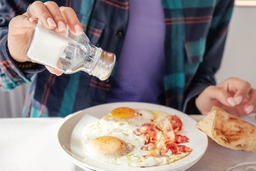Fixing Cracked Heels: Simple Steps for Happier Feet
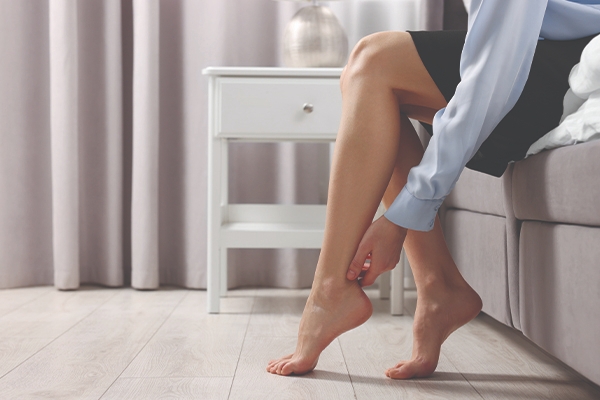
The skin is like a shield. It protects you from dirt and infection. However, it can’t do its job properly when injured, especially the skin on your heels.
Cracked heels, or heel fissures, are a common foot problem. This condition happens when the dry, thick skin on the bottom of the heels cracks and splits open.
In many cases, small cracks may feel uncomfortable or look unsightly. But if left untreated and the cracks get deeper, you might experience itching, pain, or discomfort when walking, and there’s also a risk of infection.
What causes it?
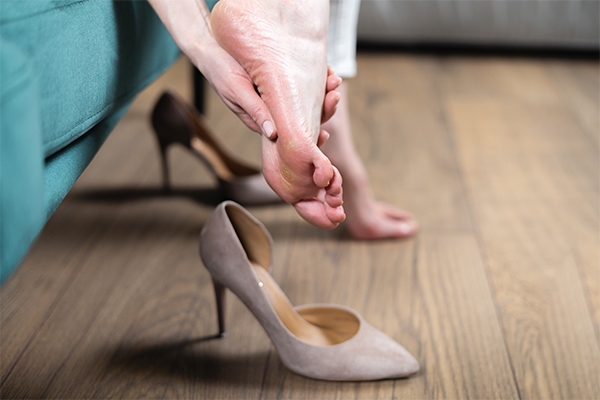
Many factors can lead to cracked heels. For example:
- wearing open-heeled footwear like sandals;
- taking hot showers or soaking your feet in hot water;
- using harsh soaps;
- having dry, cold skin;
- cold and dry weather;
- standing for long periods.
In addition, certain medical conditions, especially when not well-managed, can also cause cracked heels.
These include:
- Hypothyroidism occurs when the thyroid gland doesn’t produce enough thyroid hormones.
- Juvenile plantar dermatosis, a skin condition that affects young children.
- Sjögren’s syndrome, a chronic condition that causes dryness due to a lack of moisture production.
- Athlete’s foot, a fungal infection that affects the feet.
- Heel spurs are bony growths on the bottom of the heel.
What are the symptoms?
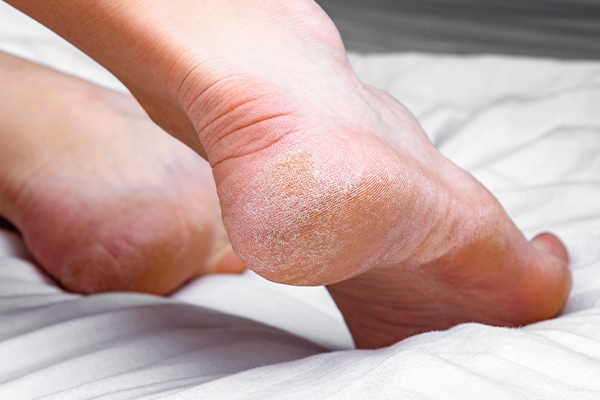
In the early stages, the heel may feel hard when pressed. The skin can appear very dry, itchy, and sore. The affected area might thicken and change color, often turning yellow or brown.
If left untreated, the skin can become extremely dry, appearing white, yellowish, or red, and start to peel. Cracks may deepen, making it very difficult to walk. In severe cases, the cracks can begin to bleed and become infected by bacteria.
How to prevent cracked heels
Most cases of dry, cracked heels can be treated at home. Routine care includes soaking your feet and moisturizing them at least twice daily. Choose creams that contain skin-softening agents.
You can prevent cracked heels by following these steps:
- Check your feet daily. Look for swelling, cuts, athlete’s foot, or tiny spots. This is especially important if you have diabetes. Daily foot checks help catch problems before they get worse.
- Wash your feet daily with warm water and dry them thoroughly. Pay special attention to the spaces between your toes, as they stay moist. Once dry, sprinkle talcum powder between the toes to keep the area dry and help prevent infections.
- Wear supportive footwear. Start with clean socks and wear shoes that fit well and provide good support.
- Protect your feet from extreme temperatures. Wear shoes on the beach or when walking on sidewalks. Apply sunscreen to exposed areas of your feet. If your feet get cold at night, wear socks to bed.
- Eat foods rich in calcium, iron, and zinc to keep your skin well-hydrated. These nutrients can often help improve overall skin health.
How to care for cracked heels
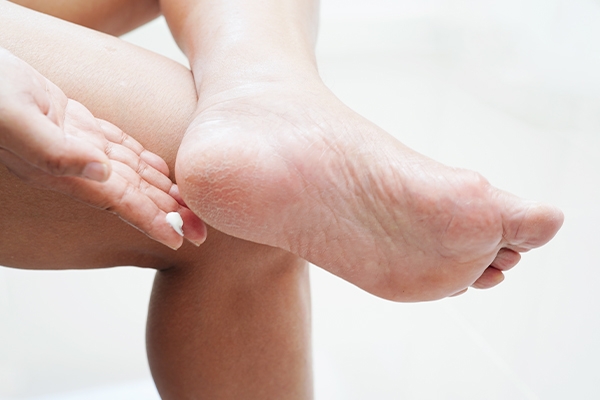
If you have cracked heels, it’s essential to protect them.
Keeping the area clean helps create a protective barrier on the skin’s surface that locks in moisture and hydrates dry skin.
Wear socks when using shoes to reduce friction. Cotton socks are a great option because they allow your skin to breathe.
They also absorb sweat and moisture, reducing irritation and helping prevent dryness. Avoid socks made from wool or synthetic materials, as these can irritate the skin and worsen dryness.
Choose proper footwear. Avoid wearing open-backed shoes for long periods, as they can worsen the problem. Pick weather-appropriate shoes to help prevent your heels from drying and cracking.
**
With good daily foot care, you can enjoy smooth, soft, and healthy heels all year round, no matter what footwear you choose.
Don’t forget to stay hydrated by drinking plenty of water.
